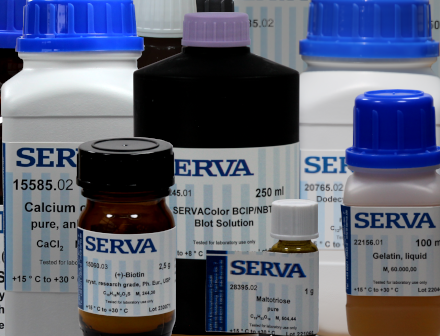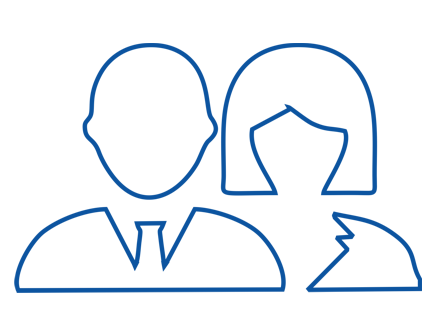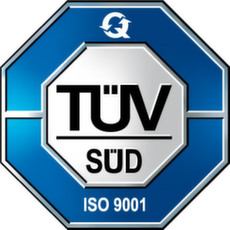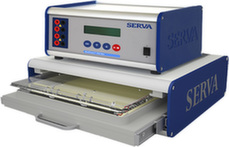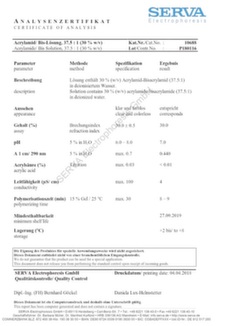SERVA InfoMail - Erhalten Sie die neuesten Informationen
Fenster schließen Mit der Anmeldung zu »SERVA InfoMail« erhalten Sie Informationen über neue Produkte, Werbeaktionen, Stellenangebote bei SERVA und vieles mehr. Dieser Service ist selbstverständlich kostenlos.
Sie können sich jederzeit wieder abmelden.
Schnelleinkauf
Fenster schließen Mit der Funktion Schnelleinkauf können Sie mit nur einem Klick ein Produkt in Ihren Warenkorb legen. Geben Sie einfach die Kat.-Nr. wie im Katalog angegeben im Format xxxxx.yy ein und klicken Sie auf Go!





